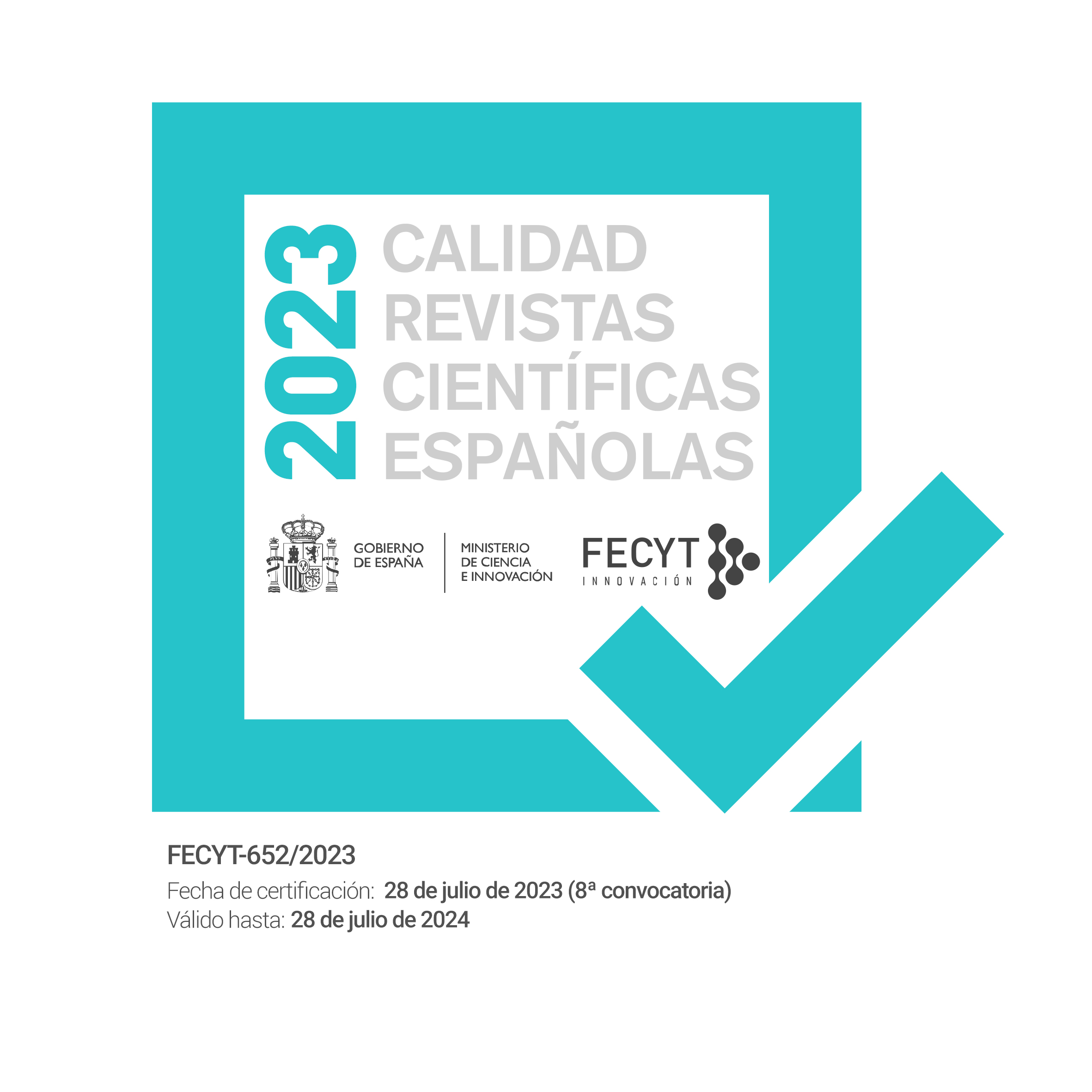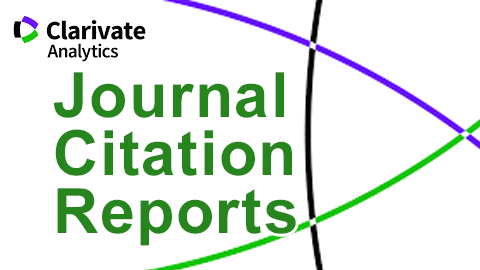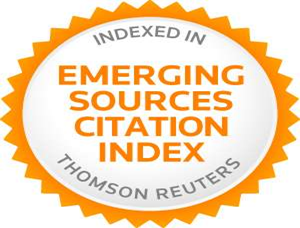FL teachers’ most frequent reported practices in communicative language teaching: an exploratory study at Secondary Schools and Official Schools of Languages in the Madrid region
Resumen
Abstract. This paper is about the implementation of Communicative Language Teaching in foreign languages instruction in Secondary Education and Official Schools of Languages in the region of Madrid (Spain). More specifically, its main goal is to map the variety of communicative practices carried out in the FL classroom as reported by 91 experienced teachers. Data was collected as part of a larger international research project, the KIELO study, where FL educators from different countries were asked about varied aspects of their daily teaching activity with the help of an ad hoc designed questionnaire. Findings highlight that the most frequent reported practices in secondary education are clearly communicatively oriented and that their implementation in the FL classroom is mainly determined by teachers’ self-conception as researchers and learners. Results also show that the Spanish findings are not always in line with previous KIELO studies.
Keywords: CLT; secondary education; official schools of languages (OSLs); foreign language teachers; KIELO project
Resumen. Este artículo versa sobre la ejecución práctica del enfoque comunicativo en la enseñanza de lenguas extranjeras en educación secundaria y escuelas oficiales de idiomas en Madrid. Concretamente, el principal objetivo de este trabajo es identificar las prácticas comunicativas más habituales en el aula de idiomas a partir de los datos obtenidos entre 91 profesores experimentados. Este estudio se ha realizado en el marco del proyecto de investigación internacional KIELO, cuyo propósito es recabar opiniones de profesores de lenguas extranjeras sobre diversos aspectos de su actividad docente a partir de un cuestionario diseñado ad hoc. Los resultados señalan que las prácticas más frecuentes en educación secundaria están claramente orientadas a la comunicación y que los docentes que las llevan a cabo de forma regular son aquellos que se consideran investigadores y aprendices en el aula. Los resultados también muestran diferencias significativas con otros estudios KIELO llevados a cabo en otros países.
Palabras clave: enfoque comunicativo; educación secundaria; escuelas oficiales de idiomas (EOIs); profesores de lengua extranjera; proyecto KIELO
Citas
Abe, E. (2013). Communicative language teaching in Japan: Current practices and future prospects: Investigating students’ experiences of current communicative approaches to English language teaching in schools in Japan. English Today, 29(4), 46-53.
Breen, M. & Candlin, C. N. (1980). The essentials of a communicative curriculum in language teaching. Applied Linguistics, 1, 89-112.
Brumfit, C.J. (1984). Communicative Methodology in Language Teaching: The Roles of Fluency and Accuracy. Cambridge: Cambridge University Press.
Brumfit, C.J. & Johnson, K. (Eds.). (1979). The Communicative Approach to Language Teaching. Oxford: Oxford University Press.
Burns, A. (2007). Demythologising Communicative Language Teaching. Paper presented at the 1st International Free Linguistics Conference. Sydney, Australia. October, 6. Retrieved from: http://www.professoranneburns.com/downloads/freelinguistics2007.pdf
Byram, M. & Méndez García, M. C. (2009). Communicative language teaching. In K. Knapp & B. Seidlhofer (Eds.), Handbook of Foreign Language Communication and Learning (pp. 491-516). Berlin: Mouton de Gruyter.
Candlin, C.N. (1981). The Communicative Teaching of English. London: Longman.
Cerezo, L. (2007). Investigación sobre las directrices curriculares relativas a la enseñanza de la lengua inglesa y su aplicación en el aula (1º de bachillerato). PhD dissertation. University of Murcia, Spain. Retrieved from: http://www.tesisenred.net/TDR-0114109-114314
Criado, R. & Sánchez, A. (2009). English language teaching in Spain: Do textbooks comply with the official methodological regulations? A sample analysis. International Journal of English Studies (IJES), 9(1), 1-28.
Cullen, R. & Harris, M. (2009). Assessing learner-centredness through course syllabi. Assessment & Evaluation in Higher Education, 34(1), 115-125.
DECRETO 48/2015. In Boletín Oficial de la Comunidad de Madrid No. 118/2015. Madrid, Spain, May 20th 2015. Retrieved from: https://www.bocm.es/boletin/CM_Orden_BOCM/2015/05/20/BOCM-20150520-1.PDF
Dörnyei, Z. & Pugliese, C. (2015). The Principled Communicative Approach: Seven Criteria forSsuccess. London: Helbling.
Duquette, G. (Ed.). (1995). Second Language Practice Classroom Strategies for Developing Communicative Competence. Clevedon: Multilingual Matters.
Ellis, R. (2003). Task-based Language Learning and Teaching. Oxford: Oxford University Press.
European Commission (2012). Special Eurobarometer 386. Europeans and their languages. Retrieved from:
http://ec.europa.eu/commfrontoffice/publicopinion/archives/ebs/ebs_386_en.pdf
Farrel, T. & Jacobs, G. (2010). Essentials for Successful English Language Teaching. London: A&C Black.
Gatbonton, E. & Segalowitz, N. (2005). Rethinking communicative language teaching: A focus on access to fluency. Canadian Modern Language Review, 61(3), 325-353.
Gilmore, A. (2007). Authentic materials and authenticity in foreign language learning. Language Teaching, 40(2), 97-118.
Harjanne, P., Reunamo, J. & Tella, S. (2015). Finnish foreign language teachers’ views on teaching and study reality in their classes: The KIELO project’s rationale and results. Journal of Language Teaching and Research, 6(5), 913-923.
Harmer, J. (2007). The Practice of English Language Teaching. England: Longman.
Horn, I. (2009). Learner-centredness: An analytical critique. South African Journal of Education, 29(4), 511-525.
Ikeda, M. (2012). Principles and pedagogies in CLIL. In S. Izumi, M. Ikeda & Y. Watanabe (Eds.), CLIL (Content and Language Integrated Learning): New Challenges in Foreign Language Education, Vol.2 (pp. 1-15). Tokyo: Sophia University Press.
Kumaravadivelu, B. (2006). Understanding Language Teaching. From Method to Postmethod. Mahwah, New Jersey: Lawrence Erlbaum Associates.
Larsen-Freeman, D. & Anderson, M. (2000). Techniques and Principles in Language Teaching. Oxford: Oxford University Press.
Ley Orgánica 8/2013, de 9 de diciembre, para la mejora de la calidad educativa. In Boletín Oficial del Estado No. 295/2013. Spain, December 10th 2013. Retrieved from: https://www.boe.es/buscar/pdf/2013/BOE-A-2013-12886-consolidado.pdf
Li, D. (1998). It’s always more difficult than you plan and imagine: Teachers’ perceived difficulties in introducing the communicative approach in South Korea. TESOL Quarterly, 32(2), 677-703.
Littlewood, W. (1981). Communicative Language Teaching. New York: Cambridge University Press.
Llinares García, A. & Dafouz, E. (2010). Content and language integrated programmes in the Madrid region: Overview and research findings. In D. Lasagabaster & Y. Ruiz de Zarobe (Eds.), CLIL in Spain: Implementation, Results and Teacher Training (pp. 95-114). Newcastle: Cambridge Scholars.
Mangubhai, F., Marland, P., Dashwood, A. & Son, J. B. (2005). Similarities and differences in teachers’ and researchers’ conceptions of communicative language teaching: Does the use of an educational model cast a better light? Language Teaching Research, 9(1), 31-66.
Moirand, S. (1982). Enseigner à communiquer en langue étrangère. Paris: Hachette.
Monarca, H. (Coord.). (2015). Evaluaciones externas. Mecanismos para la configuración de representaciones y prácticas en educación. Buenos Aires: Miño y Dávila.
Newmaster, S., Lacroix, C. A. & Roosenboom, C. R. (2006). Authentic learning as a mechanism for learner centredness. International Journal of Learning, 13(6), 103-112.
Pavesi, M., Bertocchi, D., Hofmannová, M. & Kazianka, M. (2001). Insegnare in una lingua straniera, Unterrichten durch eine Fremdsprache, Teaching through a foreign language, Enseñar en una lengua extranjera, Enseigner dans une langue vivante. MIUR, Direzione Regionale Lombardia: Milano.Real Decreto 1105/2014. In Boletín Oficial del Estado No. 3/2015. Spain, January 3rd 2015. Retrieved from: https://www.boe.es/boe/dias/2015/01/03/pdfs/BOE-A-2015-37.pdf
Reichelt, M. (2006). English in a multilingual Spain. English Today, 22(03), 3-9.
Richards, J. C. & Rodgers, T. (2001). Approaches and Methods in Language Teaching (2nd ed.). New York: Cambridge University Press.
Richards, J.C. (2006). Communicative Language Teaching Today. Cambridge: Cambridge University Press.
Sánchez, A. (1997). Los métodos en la enseñanza de idiomas. Madrid: SGEL.
Sánchez, A. (2009). La enseñanza de idiomas en los últimos cien años. Madrid: SGEL.
Sasajima, S., Nishino, T., Ehara, Y. & Nagamine, T. (2012). Aspects of Japanese EFL teachers' cognitions on communicative language teaching (CLT) (The Application of Contemporary Language Theories to Higher English Education: Focusing on the Importance of Content-based and Context-based Approaches). JACET 全国大会è¦ç¶±, 51, 146-147.
Savignon, S. J. (2005). Communicative language teaching: Strategies and goals. In E. Hinkel (Ed.), Handook of Research in Second Language Teaching and Learning (pp. 635-652). Mahwah, NJ: Lawrence Erlbaum.
Spada, N. (2007). Communicative language teaching: Current status and future prospects. In J. Cummins & C. Davison (Eds.), International Handbook of English Language Teaching (pp. 271-288). New York: Springer.
Thornbury, S. (1998). Comments on Marianne Celceâ€Murcia, Zoltán Dörnyei, and Sarah Thurrell's «Direct approaches in L2 instruction: A turning point in communicative language teaching?»: A Reader Reacts…. Tesol Quarterly, 32(1), 109-116.
Thrun, S. & Pratt, L. (Eds.). (2012). Learning to learn. US: Springer Science & Business Media.
Tomlinson, C. A. (2000). Differentiated instruction. In C. M. Callahan & H. C. Hertberg-Davis (Eds.), Fundamentals of Gifted Education: Considering Multiple Perspectives (pp. 287-300). New York, NY: Routledge.
Widdowson, H. G. (1978). Teaching Language as Communication. Oxford University Press.
Widdowson, H. G. (1998). Context, community, and authentic language. TESOL Quarterly, 32(4), 705-716.
Winebrenner, S. (1996). Teaching Kids with Learning Difficulties in the Regular Classroom: Strategies and Techniques Every Teacher Can Use To Challenge and Motivate Struggling Students. Minneapolis: Free Spirit Publishing, Inc.
Yoon, K. E. (2004). CLT theories and practices in EFL curricula: A case study of Korea. Asian EFL Journal, 6(3), 1-16.
Yu, L. (2001). Communicative language teaching in China: Progress and resistance. Tesol Quarterly, 35(1), 194-198.
Descargas
Publicado
Número
Sección
Licencia
Reconocimiento – No comercial (CC BY-NC). Bajo esta licencia el usuario puede copiar, distribuir y exhibir públicamente la obra y puede crear obras derivadas siempre y cuando estas nuevas creaciones reconozcan la autoría de la obra original y no sean utilizadas de manera comercial.
Los autores retienen todos sus derechos de publicación y copyright sin restricciones.









